When I was making my list of all the things I’d like in a place that would be my home from April 2004 to August 2005 (which was how long I thought I’d live in Chile), I considered many things.
Safety. It had to be a place where I had a reasonable expectation of safety. My idea of reasonable expectation of safety may be different than yours. I grew up in Brooklyn, and lived in Columbia Heights, Washington, DC, before the Target went in, and the Tivoli was redone. I wanted to believe that for the most part, it was unlikely that I would have an altercation with someone whereupon they stole my possessions from my hands/body, and where gang violence is not an every day occurrence. You may think I got it wrong with Santiago and safety. I do not, but that is not the point of all of this.
The ability to pasar desapercebida (the ability to walk around unnoticed). I am probably in some kind of heavy-duty denial here, since I’m too many things to be Chilean. Slightly too tall, definitely too practical-dressing, too comfy shoe-wearing, too apt to laugh out loud when I’m listening to podcasts that are funny on the metro, too likely to be reading a book in English in public, or to have an accent when I open my mouth. However, Chileans look like pretty much everything, and in that kind of mix, it’s easier to wander around without people openly staring at you and asking where you’re from than it was, for example, when I lived in Cuenca, Ecuador, where there’s much more indigenous influence. Part of this is more a function of how other people react to you, moreso than whether or not you look like you belong. My experience in Chile is that people don’t generally stare or ask you questions, so much as they call you “my queen.”
Reasonable expectations of creature comforts. I wanted potable water, a functioning public transportation system, good internet, reliable electricity, the ability to buy, on occasion, food products that might be luxuries. Most of these have also proven true. The public transportation is expensive and crowded, but it does function. I am lucky in that I work from home and go most places either off-hours, by bike, or both. This is not the case for people who have long commutes through the center of the city, and for them, the transportation is oftentimes unsatisfactory. Internet and electro and water, all good. Well, the water is very high in mineral content and chlorine, but nothing a little filtering wouldn’t hurt. For years I didn’t filter my water, but people started talking about gallstones, and I got spooked. As for the luxuries, I no longer want most of them, and they are coming in by leaps and bounds, especially since Jumbo (one supermarket) has expanded and Lider (another) was bought by WalMart. I don’t much care about most of the luxuries these days, but every now and then, hey, I could buy some havarti. Or feta.
Good availability of fresh food. Bingo. We buy in season, and getting things out season is expensive or difficult, or both, but what we get when it is in season is absolutely top-notch, and amazing. See the various feria reports.
Spanish. This is a long story for another day (or all the time, as you like). They do speak Spanish here, and I wanted that. I didn’t realize how much of a regional accent there was, and how much of it I would pick up, but since I’ve now been here for nine years, it doesn’t much matter. All it means is that when I’m outside of Chile, but in Latin America, people think I’m Chilean, unless they think I’m Spanish. I’m not, but those things are neutral to positive to me, so it doesn’t much matter.
Proximity to mountains and ocean. Hit this one on the head. The map does not lie, and if you are hardy enough, you can ride your bike to either of these places, and if you would rather take a bus, that is an option as well. Speedy down to the coast in an hour and a half, and you can be over in Cajón de Maipo in an hour, depending on traffic.
Decent air quality.
I.
Well.
I.
I walked into a den of blindfolded idiocy with this one. I vaguely looked at the air quality during the summer, assuming that that’s when the biggest inversion would come. However, as it happens, our air quality is, as my ex across-the-street neighbor would say, “Sugar-Honey-Iced-Tea,” for three months out of the year (winter, which is to say, now). Bleak, polluted, particulate-laden, everything is in a brown haze. It’s horrible. Newcomers get bronchial infections with some regularity, though it seems that the longer you live here, the more it affects just your mood, not your actual physical health. I grew up in Brooklyn in the 70s and 80s, when sometimes we would open the door, look outside, say “still brown” (about the air) and go back inside. So maybe my lungs already know how to deal with this. Or maybe I’m just kidding myself.
The government lets you know when the “contaminación” is particularly bad, and tells people to keep their young children (and older people) inside, though given that many people heat with kerosene or liquid propane, I can’t imagine how much better their indoor air quality is than what it is outside. Other cities have problems, too, and in the south, where estufas a leña (woodburning stoves) are permitted, the air is hazy with woodsmoke, which seems somehow healthier than car exhaust and cellulose processing particulates, but I’m not sure that’s the case.
And me? I try to go away for part of every “winter,” which coincides nicely with not curling up into a ball with way more hot water bottles than is fashionable, while the chill is upon us.
And sometimes it rains, and scrubs the air, and we get to look at what you saw above. Or even better, this, down below, which is what happens for about ten minutes in the afternoon, when the sun (which I can’t see from my apartment) shines on the mountains, (which I can), and they reflect back this ridiculously electric orange, at a time of day when, short of a house fire, you could not possibly drag me away from my window.
See?
BTW, if it seems like I have hit a negative roll, be sure that I still love living in Santiago. But you came here for the real deal, and I’m not going to lie. The coast is lovely in the winter, as are the mountains, but Santiago is in a particle-trapping mountain valley, between the Andes and the coastal range, so traveler and expat beware.
To see what our particulate load is at any given time, visit the SEREMI website. And if you’re a numbers-lover, go to this part of the Ministry of Health’s page to see the distribution of “alert,” “pre-emergency” and “emergency” days by year. These stats would indicate that things are getting better, which may be due to several factors, including more cars using catalytic converters, the conversion of the bus fleet with TranSantiago, more people choosing lower-pollution heaters, and end-of-pipe filters added to manufacturing and processing plants (anyone have any info on this?). I am not sure whether the air quality improvement is something I can feel, because remembering just how tight my throat felt last year at this time is not one of my strengths.


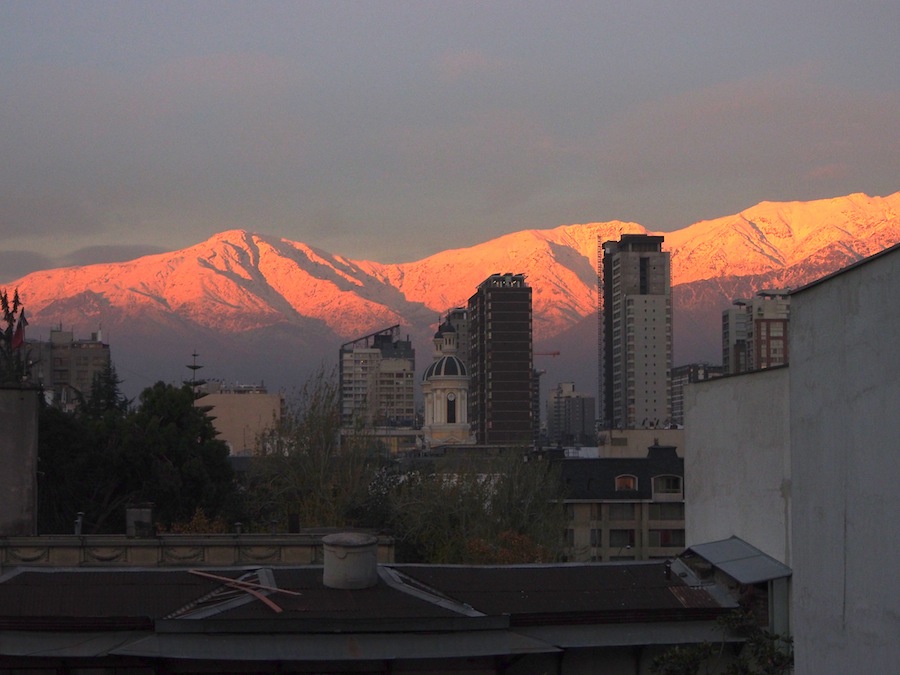
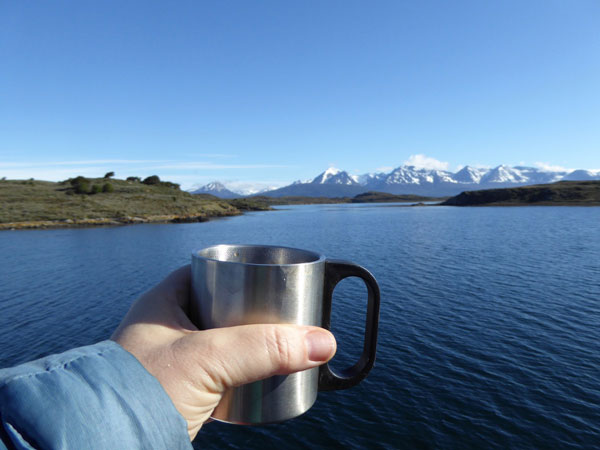
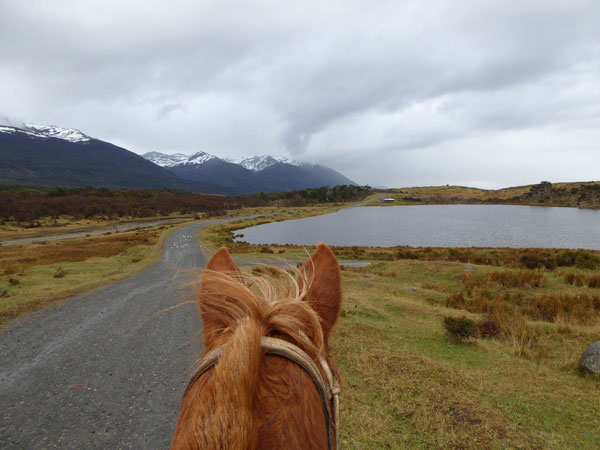


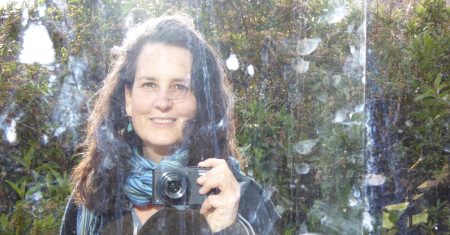
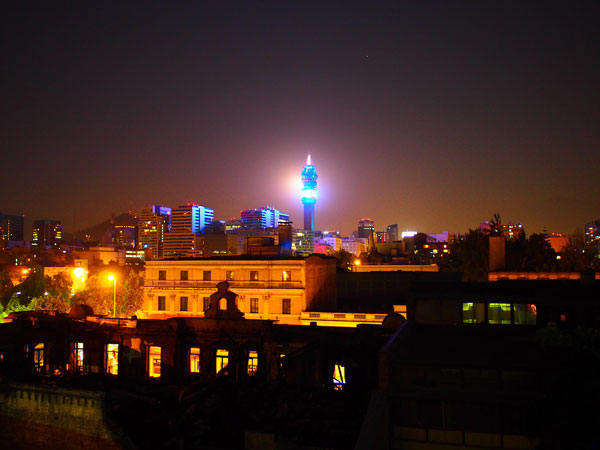
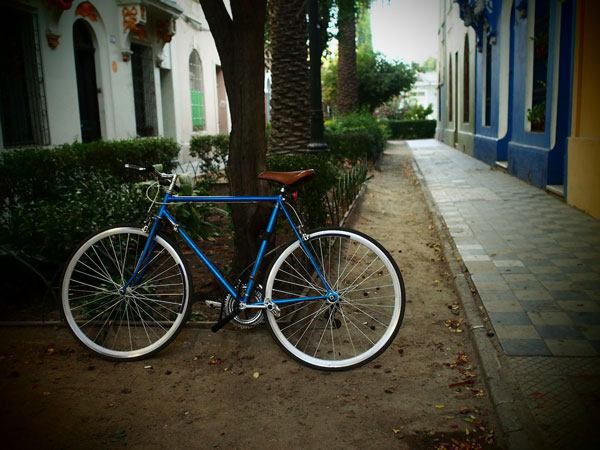


Hay días, después de la lluvia, en que veo el San Cristóbal tan claro y tan cerca que desearía poder quedarme todo el día mirándolo. Pero al par de días de nuevo se ve todo brumoso y empiezo con los dolores de cabeza y… bleh. ¿Dónde es bonito y no húmedo en estas fechas?
Ojalá que el aire fresco, rico y limpio fuera para siempre. Hoy día mas lluvia, pero se siente bien, igual. Gracias por comentar!
1.- Si llevo un día a Santiago algo como mutillas, dihueñes, changle, o piñones con miel,o alguna otra cosa que haya acá en sur y allá no, y te lo llevo de regalo, te podría escuchar por al menos unos minutos tu acento chileno.
2.- Si vives en otra ciudad que no sea Santiago, tienes casi todos los puntos a favor, menos buena parte de la contaminación. Lamentablemente en este momento no puedo recomendar Temuco, por que probablemente sea peor el aire de invierno que en Santiago.
jajja, no es necesario un soborno para escucharme hablar en chilensis. Aunque estaría feliz con todos los anteriores si es que te sobran. Avísame cuando andas por estos lados y hacemos un meetup, quizás con Margaret tb!
Excelente, buscaré alguna forma de comunicarme oportunamente cuando vaya a la capital 😀